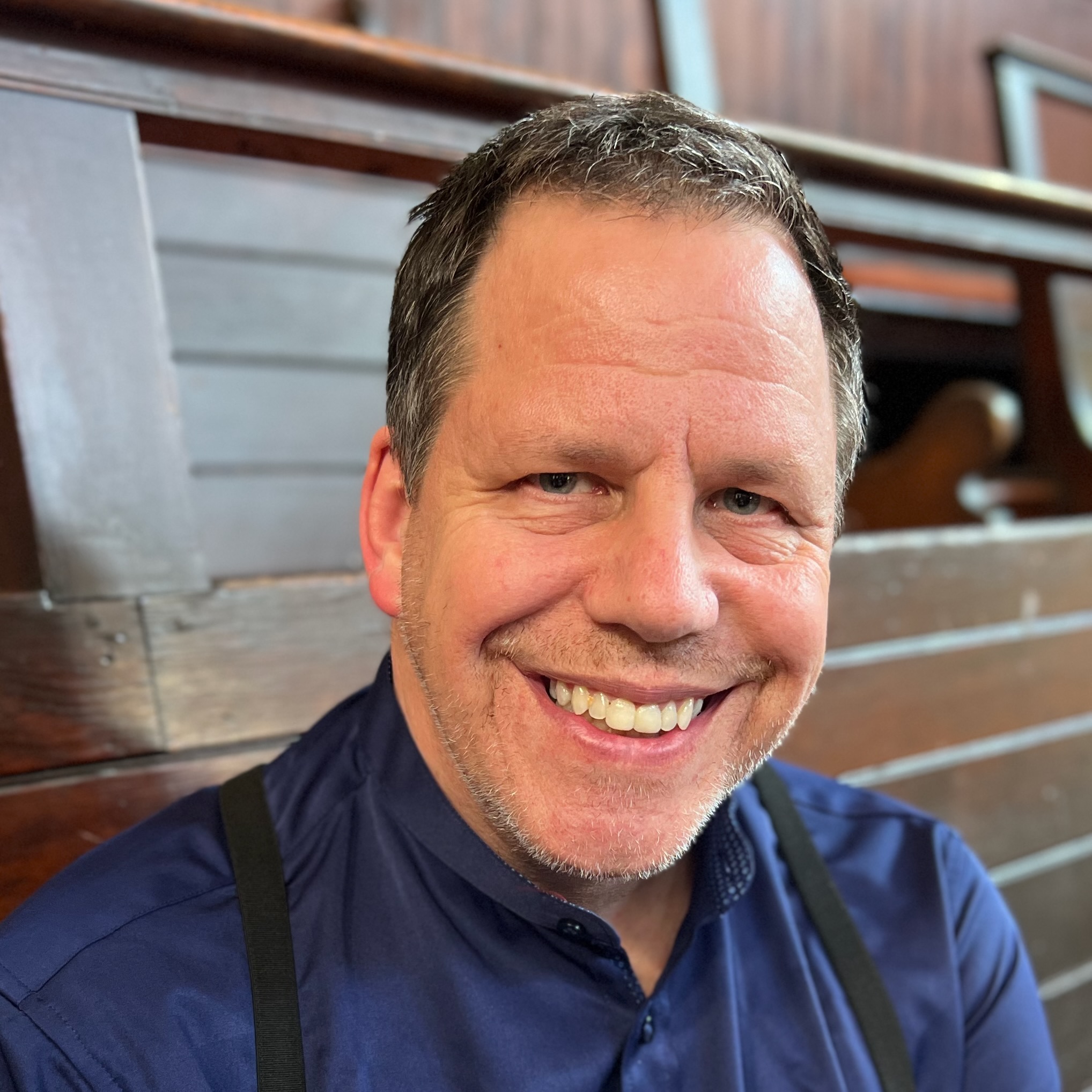If you dig down too deeply into early Quakerism, sooner or later you’ll reach a point at which you might realize there’s not really all that much to distinguish it from a lot of other contemporary Christian groups. Early Friends were trying to lift up the Old Testament prophets and re-enact much of the acts of the Apostles, but then so was everyone else. Yes, we had some quirky interpretations of the Gospels and unique ideas about how we should worship, but a surprising number of these oddities can be explained by Quakerism’s birth among feisty, independent sheepherders in the remote north of England. Plain dress, plain speech, and suspicion of clergy were as much reflections of the culture into which our movement was born as they were theological cornerstones.
Friends have often spent a lot of time thinking about Quaker culture and justifying it to ourselves and others. Our histories and the stories we tell about ourselves have often been crafted to provide a unified vision for who we should be now. It’s a continual process, and storytelling continues to shape our self-image today.
I’m a big fan of the histories that Jean R. Soderlund writes, which often revolve around the complex relations between mid-Atlantic Quakers and their Native American Lenape neighbors (as well as the enslaved Africans brought from Barbados). There have been so many layers of interpretation and white-washing about the period following the founding of Pennsylvania in 1681 that the truth can be hard to find. Nineteenth-century Friends tended to portray their ancestors as saints full of paternal care and beneficence for the Lenape; nowadays some Friends seek to reverse the script and paint William Penn and his contemporaries as rapacious agents of genocide. Both of these extremes deny the agency of the Lenape, who were neither naïve nor passive in the face of the expanding waves of colonization. More than any other ethnic group in the region (Dutch, Swede, Finn, English), it was they who crafted the culture of peaceful mediation, representative politics, and religious tolerance that Penn later got credit for.
Michael Levi talks about his personal gaffes, defensiveness, and learning around applying antiracist principles to his Quaker clerking. Friends sometimes portray Quaker process as neutral, a unique and ideal way of building consensus, but Levi found this was a story that needed to be examined. It’s a beautiful and humbling piece, and I love his realization that there’s no technical fix to racial wounding: the beloved community will be built by changes within ourselves. How Quaker is that?
Michael Huber also explores a culture clash, but a modern—and rather fun—one: the similarities between communities of Dungeons & Dragons players and Quakers. It’s only recently that he’s felt he could talk openly about this, but I’m so glad he has, as he’s brought over some D&D concepts that I think I might want to try with Friends at my meeting sometime soon.
Also in this issue are feature articles by someone new to Quakerism who brings an exquisite eye for detail to a portrayal of the meeting she’s discovered; techniques for transforming the vision of Friends institutions; and a way of looking at Friends from a nature-centric framework. Of course, we also have news, book reviews, poetry, and more.
Who do you say we are? I’d love to hear some of your answers!





Comments on Friendsjournal.org may be used in the Forum of the print magazine and may be edited for length and clarity.